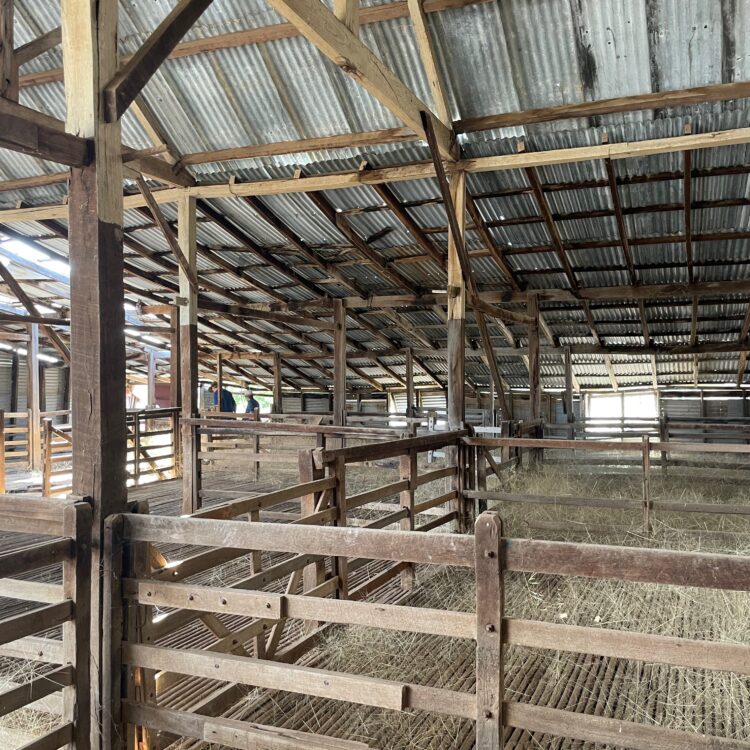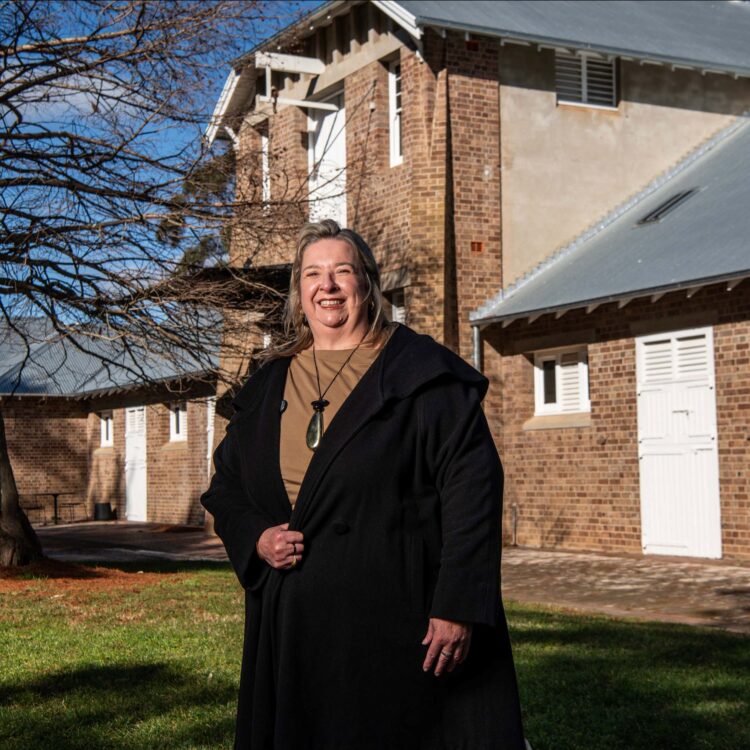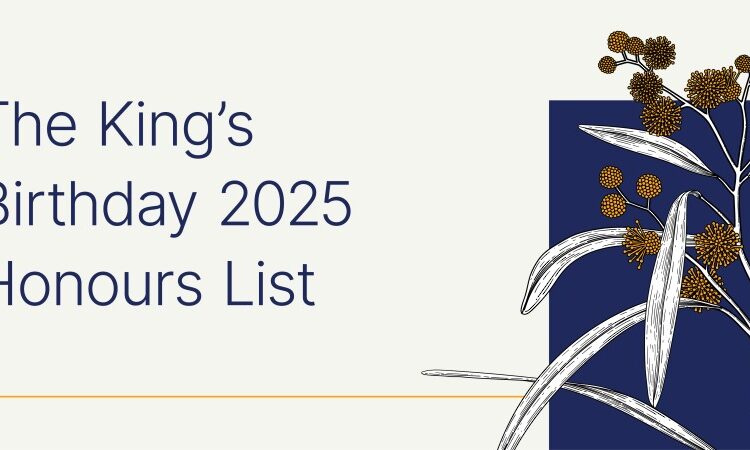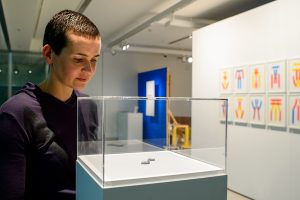Through inclusive programming and tailored experiences, museums and galleries are implementing more ways to make their exhibitions accessible to all. Empowering visitors, notably people living with disabilities, to connect with artworks and artists can foster creativity and a stronger sense of community. We spoke to UTS Gallery Assistant Curator Eleanor Zeichner about the gallery’s initiatives to implement accessible audio descriptions and audio-descriptive tours.
M&G NSW: What was the motivation for initiating audio descriptions/ audio-descriptive tours at UTS Gallery? And how long have you been doing them?
EZ: We first initiated audio described programming in 2017, at the prompting of Sarah Houbolt, a wonderful artist and disability advocate, who was working at UTS in the Centre for Social Justice and Inclusion. We brought on board a very skilled audio describer, Imogen Yang, who worked on the pilot events with us. In 2019 we received some funding from the Centre for Social Justice and Inclusion to expand the program, so that we could have an audio described tour and a recorded version on our website for people who couldn’t make it in to the gallery. We’ve been fortunate to have that funding extended for 2020.
As a public university, UTS has a responsibility to work for the public good. For us that means making UTS Gallery accessible for our audiences wherever we can.
M&G NSW: What were/are the challenges when creating audio descriptions?
EZ: The challenge with any new program is building a consistent audience following. For a program like this with a relatively small target audience, we looked for ways to reach people who maybe couldn’t come into the gallery personally, but who would benefit from an audio described exhibition experience. This is how we began creating pre-recorded versions, which also incorporate audio elements from the exhibition such as sound from video works.
In light of the current international health crisis, this week [as of 17 March] we made the call to close the gallery and cancel all public programs until further notice. We’re hoping the pre-recorded audio described tours will now provide our audience with a window into an exhibition if they’re stuck at home.
M&G NSW: What advice would you give other galleries looking to put audio descriptions in place?
EZ: Consult consult consult. Learn from the sector, listen to people who are blind or have low vision on what they want to get out of the program, find out how other organisations are making it work for their audiences. Get involved in the important work of Accessible Arts NSW, who also run an excellent disability awareness training. Find an excellent audio describer!
M&G NSW: How can people find out more about audio descriptions at UTS ART Gallery?
EZ: You can find all our audio described tours in Apple Podcasts by searching ‘UTS ART Audio Described Tours’. You can also visit the Exhibitions page on our website, art.uts.edu.au, to find them, and more content on each exhibition. Due to COVID-19 our exhibition Fit For Purpose closed early, so we’ll be launching a recorded audio described tour shortly. Sign up to our mailing list at art.uts.edu.au to be the first to receive it in your inbox, along with information about upcoming digital content, and exhibitions and events later in the year.






